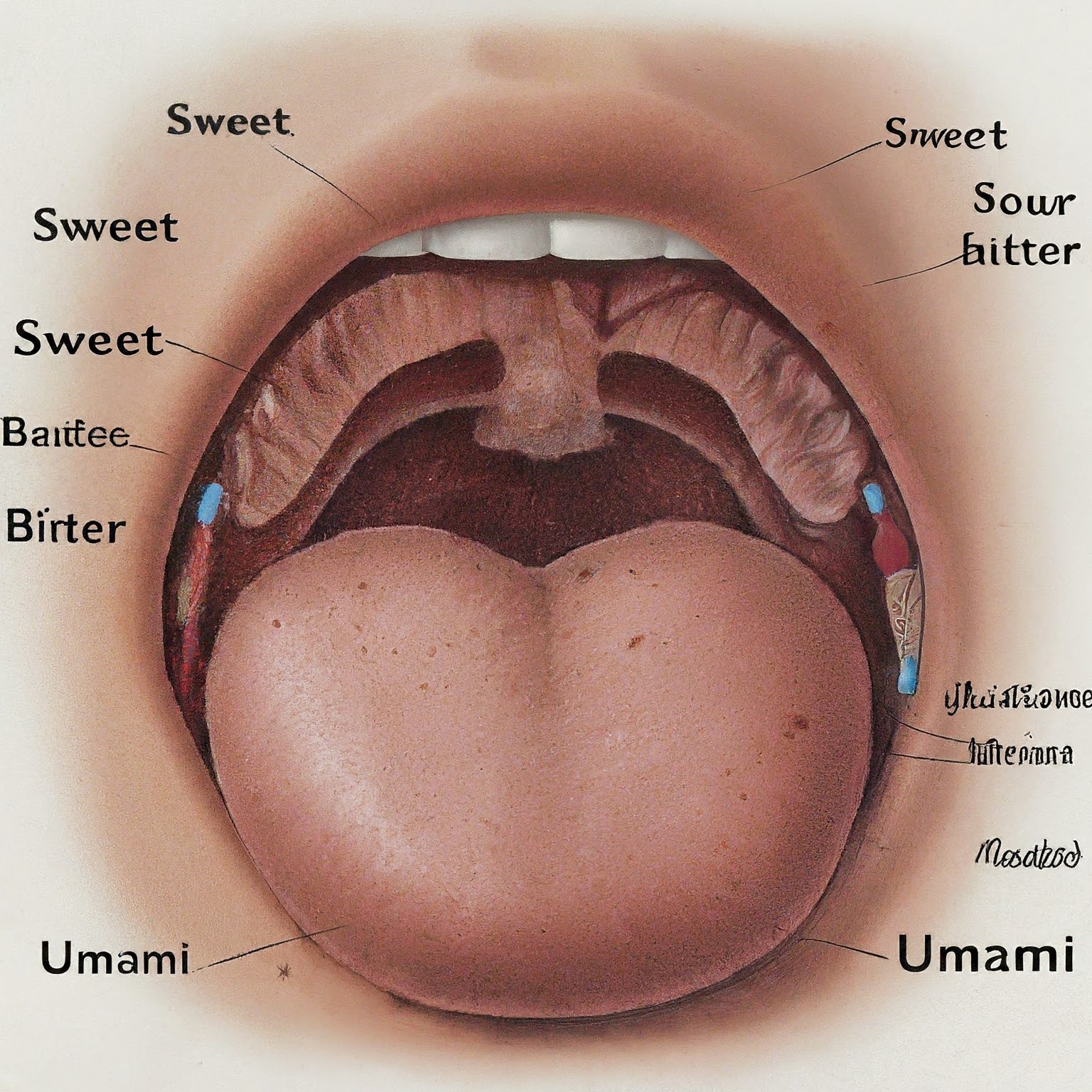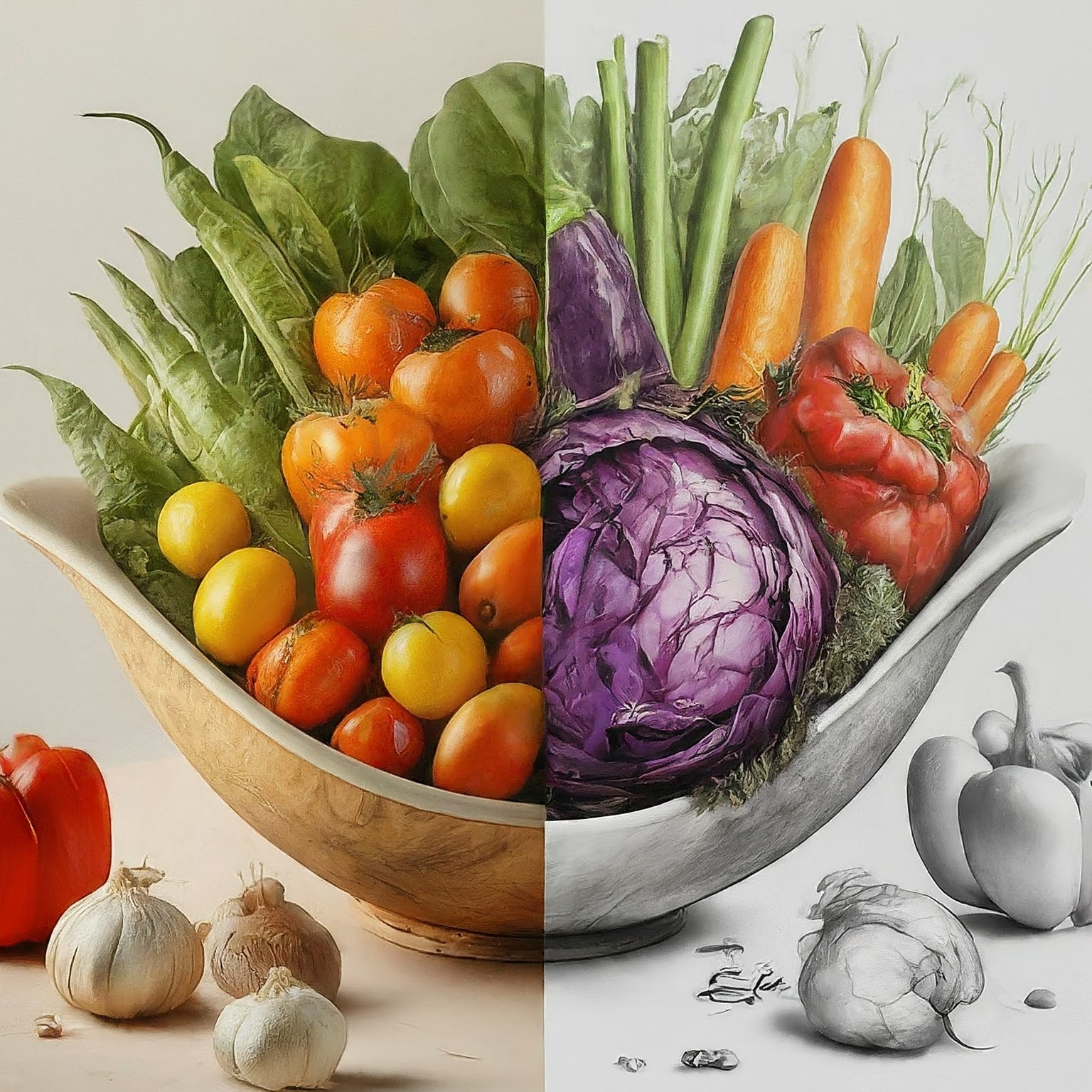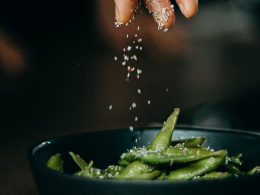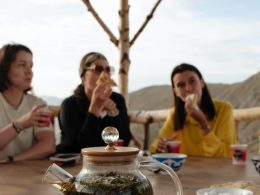About the Author
Hi everyone! I’m Dr. Amelia Lee, a food scientist with a passion for exploring the fascinating world of flavor. Today, we’re diving into a quirky experiment that highlights the incredible synergy between our senses of taste and smell.
The Taste Bud Illusion: Can You Really Confuse an Apple for an Onion?
Imagine this: you’re blindfolded, presented with a bite-sized piece of food, and asked to identify it based solely on taste. It could be a juicy apple, a crisp potato, or even a pungent onion. Sounds simple, right? Well, prepare to be surprised!
Studies conducted by researchers like Pamela Dalton, a leading expert in chemosensation (the study of taste and smell), have shown that when our sense of smell is blocked, distinguishing between seemingly different flavors becomes surprisingly difficult. In one such experiment, participants blindfolded and with their noses plugged struggled to differentiate between apples, potatoes, and onions – all three vegetables share a similar underlying taste profile.
This phenomenon may seem counterintuitive, but it reveals a fascinating truth: taste and smell are far more intertwined than we might think. While our taste buds on the tongue can detect the five basic tastes – sweet, sour, salty, bitter, and umami – they provide only a limited snapshot of the overall flavor experience. It’s our sense of smell that takes center stage, adding depth and complexity, transforming these basic sensations into the rich tapestry of flavors we know and love.

The Science of Flavor: Unveiling the Power of Smell
So, how exactly does smell work its magic on our taste perception? Let’s take a closer look at the science behind this remarkable partnership. Our sense of smell, also known as olfaction, relies on millions of olfactory receptors located high up in the nasal cavity. These tiny receptors bind to odor molecules floating in the air, sending signals to the olfactory bulb in the brain for interpretation. But the story doesn’t end there.
There’s another fascinating pathway involved, called retronasal olfaction. When we chew, volatile odor molecules travel from the back of the mouth through the retronasal passage, reaching the olfactory bulb and further enriching our perception of flavor. This explains why a simple sniff of a coffee bean can evoke its rich aroma, while actually tasting the coffee provides a far more nuanced experience due to the combined efforts of taste and retronasal olfaction.
The Five Basic Tastes: Our Tongue’s Limited Repertoire
Our taste buds, those tiny bumps scattered across the surface of our tongue, are responsible for detecting the five basic tastes: sweet, sour, salty, bitter, and umami. Sweetness is associated with sugars, sourness with acids, saltiness with sodium chloride (table salt), bitterness with a range of compounds found in plants, and umami with savory flavors like those present in meat and fermented foods.
While these five basic tastes provide a foundation for flavor perception, they paint an incomplete picture. Imagine a black and white sketch – it captures the basic shapes and outlines, but lacks the vibrancy and detail of a full-color painting. This is analogous to our taste buds’ role in flavor. They offer a rudimentary framework, but it’s smell that adds the color, texture, and depth that transforms a simple taste into a complex and memorable flavor experience.

The Aromatic Symphony: How Smell Fills in the Flavor Blanks
Think about a juicy peach. What comes to mind? The sweetness on your tongue? Perhaps. But the true essence of a peach – its floral notes, its hint of citrus, its subtle earthiness – all come courtesy of our sense of smell. These aromatic details, imperceptible to our taste buds, are what truly define the unique flavor of a peach.
The influence of smell goes beyond simply adding complexity. It can even alter our perception of basic tastes. For example, studies have shown that the aroma of capsaicin, the compound that gives chili peppers their heat, can enhance the perceived spiciness of the food itself. Conversely, pleasant aromas can mask bitterness, making some vegetables more palatable.
Taking the Blindfolded Taste Test: Are You Up for the Challenge?
Ready to experience the power of smell firsthand? Here’s how to conduct your own blindfolded taste test challenge:
- Gather your supplies: You’ll need several different foods with distinct smells and flavors, such as an apple, a potato, an onion, a slice of cheese, and a piece of chocolate. Blindfolds, plates, and toothpicks.
-
Prepare your participants: Recruit a few friends or family members to participate in the experiment. Explain the basics of taste and smell perception and the purpose of the test.
-
Blindfold the participants: One by one, gently blindfold each participant to ensure they can’t see the food items.
-
Present the mystery flavors: Using toothpicks, offer each participant a bite-sized piece of a different food item. Encourage them to take their time, savor the taste, and try to identify the food based solely on taste.
-
Record the results and reactions: Keep track of each participant’s guesses and observe their reactions as they taste the different foods. Are they surprised by the difficulty? Do they find some flavors more confusing than others?
Beyond the Experiment: Everyday Examples of Smell’s Influence
The blindfolded taste test is just one example of how smell profoundly impacts our perception of flavor. Here are some everyday scenarios that showcase this remarkable partnership:
-
The “Common Cold” Conundrum: Have you ever noticed that food seems bland or tasteless when you’re congested? This is because a stuffy nose impairs your sense of smell, significantly reducing your ability to detect the full range of flavors in your food.
-
The “Aroma of Success”: The aroma of freshly baked bread or brewing coffee can be incredibly enticing. This is because smell plays a role in stimulating our appetite and influencing our food choices. Ever walked into a bakery and suddenly craved a croissant? Thank your sense of smell!
-
The “Wine Pairing” Phenomenon: Wine connoisseurs often emphasize the importance of “nosing” a wine before tasting it. This allows them to identify the various aromas that contribute to the overall flavor profile of the wine. The specific compounds detected by the olfactory system can enhance or complement the taste sensations on the tongue.

Fun Facts and Trivia: Deepen Your Food Science Knowledge
-
Did you know that humans have approximately 400 olfactory receptors, while dogs can have up to 300 million! This explains why our canine companions are so much better at detecting smells.
-
The human sense of smell starts developing in the womb, and continues to refine throughout our lives. Interestingly, our sense of smell is also linked to memory and emotion, which is why certain scents can evoke powerful emotional responses.
-
Supertasters are individuals with an unusually high number of taste buds, leading to a heightened sensitivity to taste. Conversely, some people have a condition called “taste blindness” that affects their ability to detect certain tastes.
Conclusion: A Celebration of Our Multisensory Experience
The next time you savor a delicious meal, take a moment to appreciate the incredible teamwork between your senses of taste and smell. This seemingly simple act of eating is a symphony of sensory perception, with our taste buds providing the foundation and our sense of smell adding the rich tapestry of flavor.
The blindfolded taste test challenge serves as a reminder that the world of flavor is far more complex than our taste buds alone can perceive. So next time you’re feeling adventurous, grab a friend and try the experiment – you might be surprised by how challenging it is to identify familiar flavors without the aid of smell.
Beyond this experiment, there’s a whole world of food science waiting to be explored! From the fascinating world of spices and flavorings to the intricate ways our brains process sensory information, there’s always something new to learn about the delicious science of taste.












